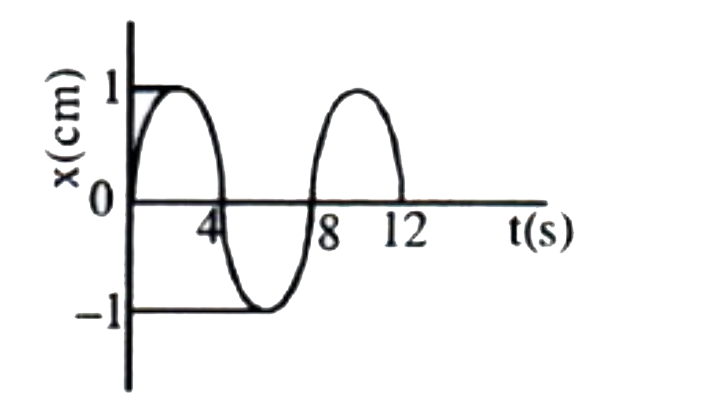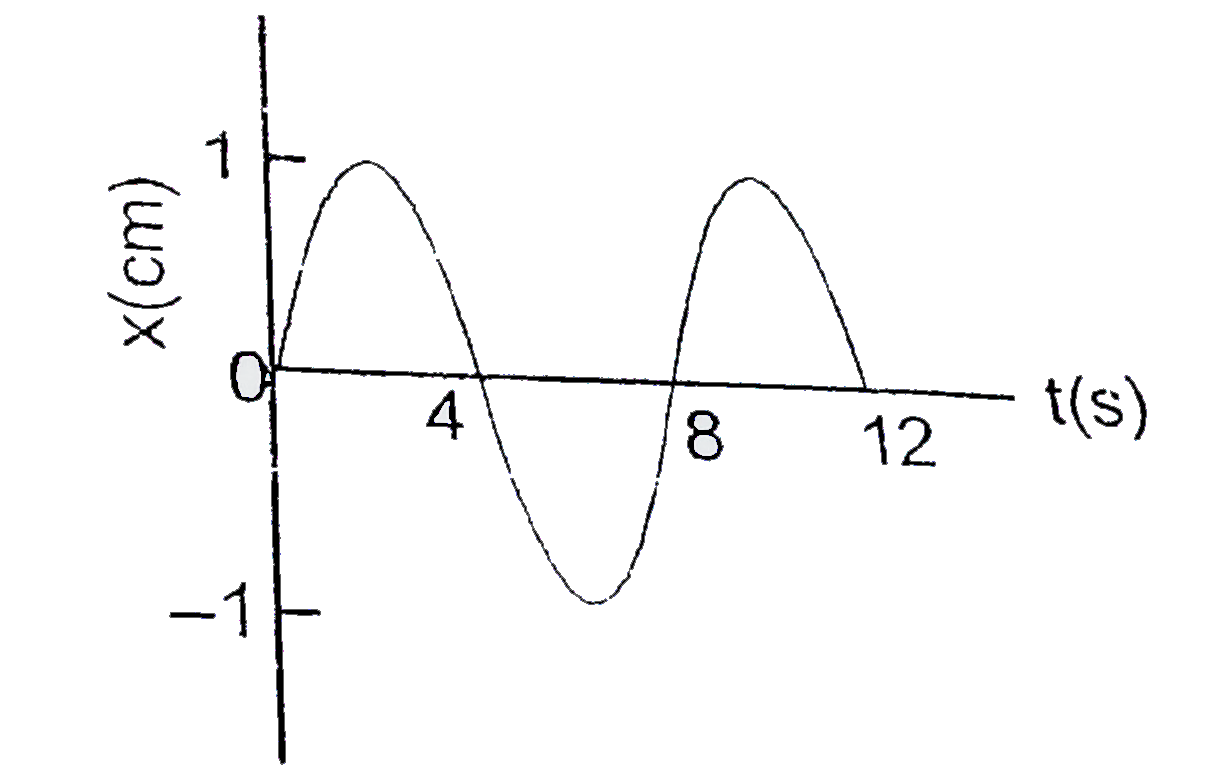For a particle which is undergoing simple harmonic motion, the square of velocity v2 is plotted against the square of displacement x2. The curve will be
An ellipse
A straight line
A circle
A parabola
Step by step video & image solution for For a particle which is undergoing simple harmonic motion, the square of velocity v^2 is plotted against the square of displacement x^2. The curve will be by Physics experts to help you in doubts & scoring excellent marks in Class 12 exams.
Updated on:21/07/2023Similar Questions
Knowledge Check
Consider the following statements. The total energy of a particles executing simple harmonic motion depends on its
1. amplitude
2. Period
3. displacement of these :A1 and 2 are correctB2 and 3 are correctC1 and 3 are correctD1, 2 and 3 are correct
In simple harmonic motion, the ratio of acceleration of the particle to its displacement at any time is a measure of
View SolutionThe displacement of a particle in simple harmonic motion in one time period is
View SolutionThe x-t graph of a particle undergoing simple harmonic motion is shown below. The acceleration of the particle at t=23s is

View SolutionThe x−t graph of a particle undergoing simple harmonic motion is shown in figure. Acceleration of particle at t=4/3s is

View SolutionThe x−t graph of a particle undergoing simple harmonic motion is shown below. The accelertion of the particle at t=4/3s is

View SolutionThe x−t graph of a particle undergoing simple harmonic motion is shown in figure. Acceleration of particle at t=4/3s is

View SolutionA particle performing simple harmonic motion having time period 3 s is in phase with another particle which also undergoes simple harmonic motion at t=0. The time period of second particle is T (less that 3s). If they are again in the same phase for the third time after 45 s, then the value of T will be
View Solution
